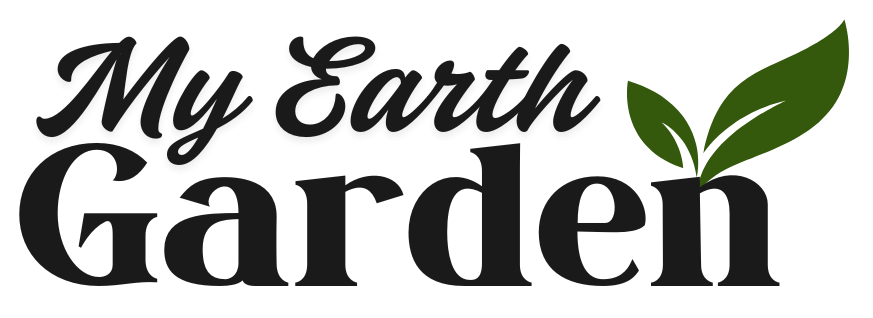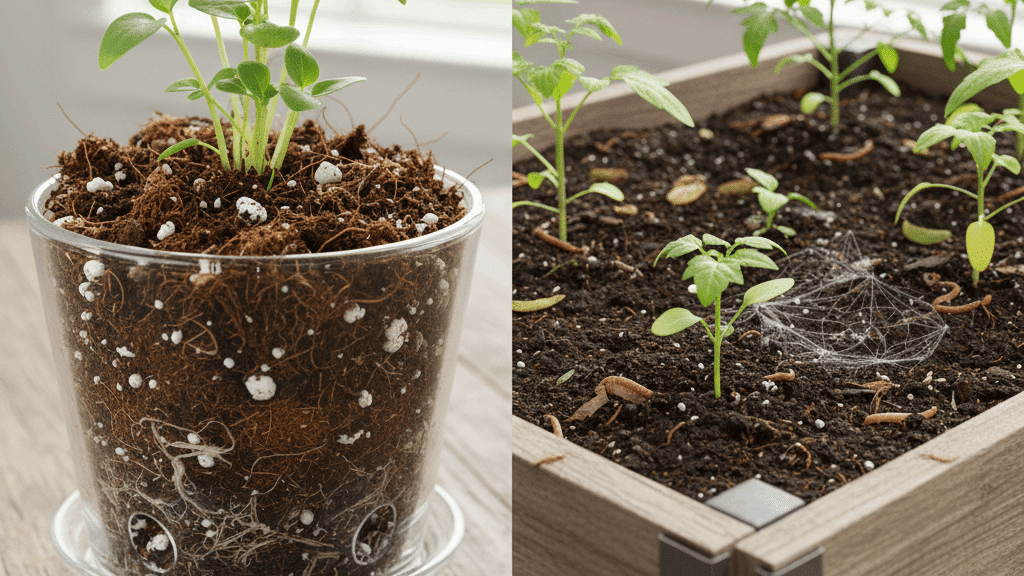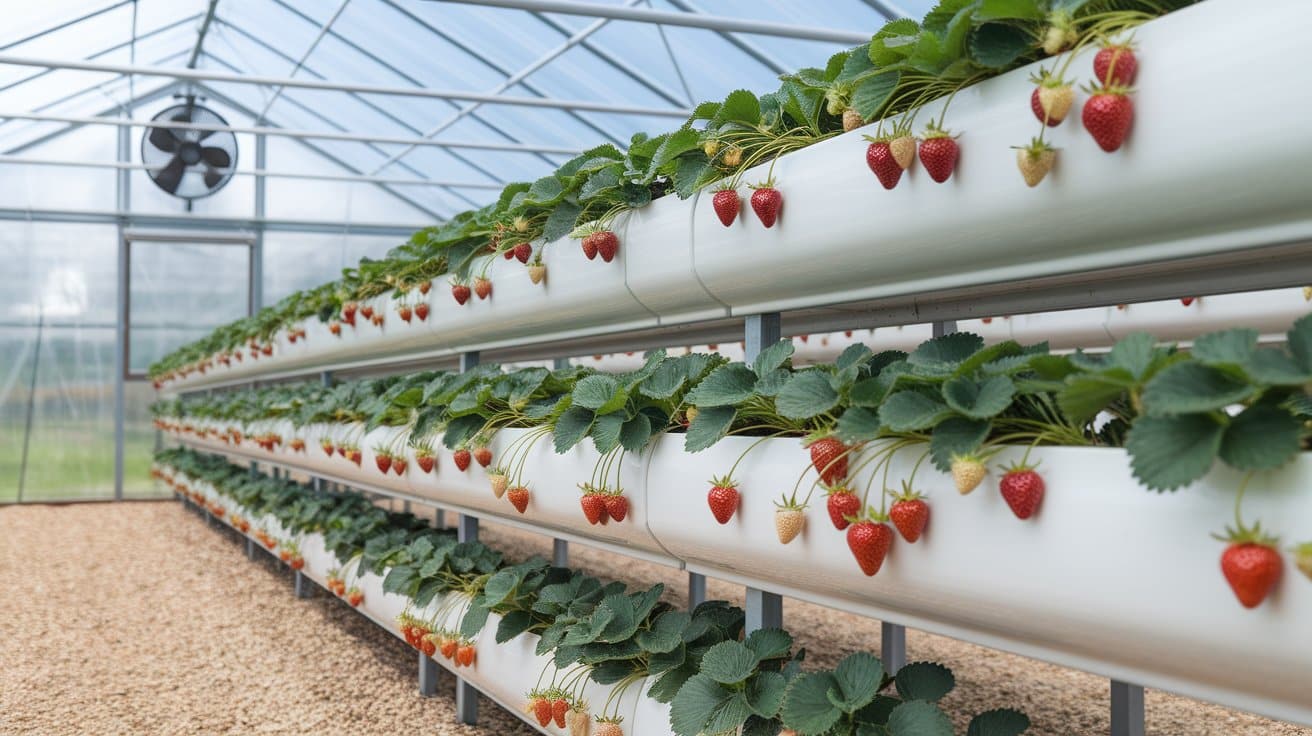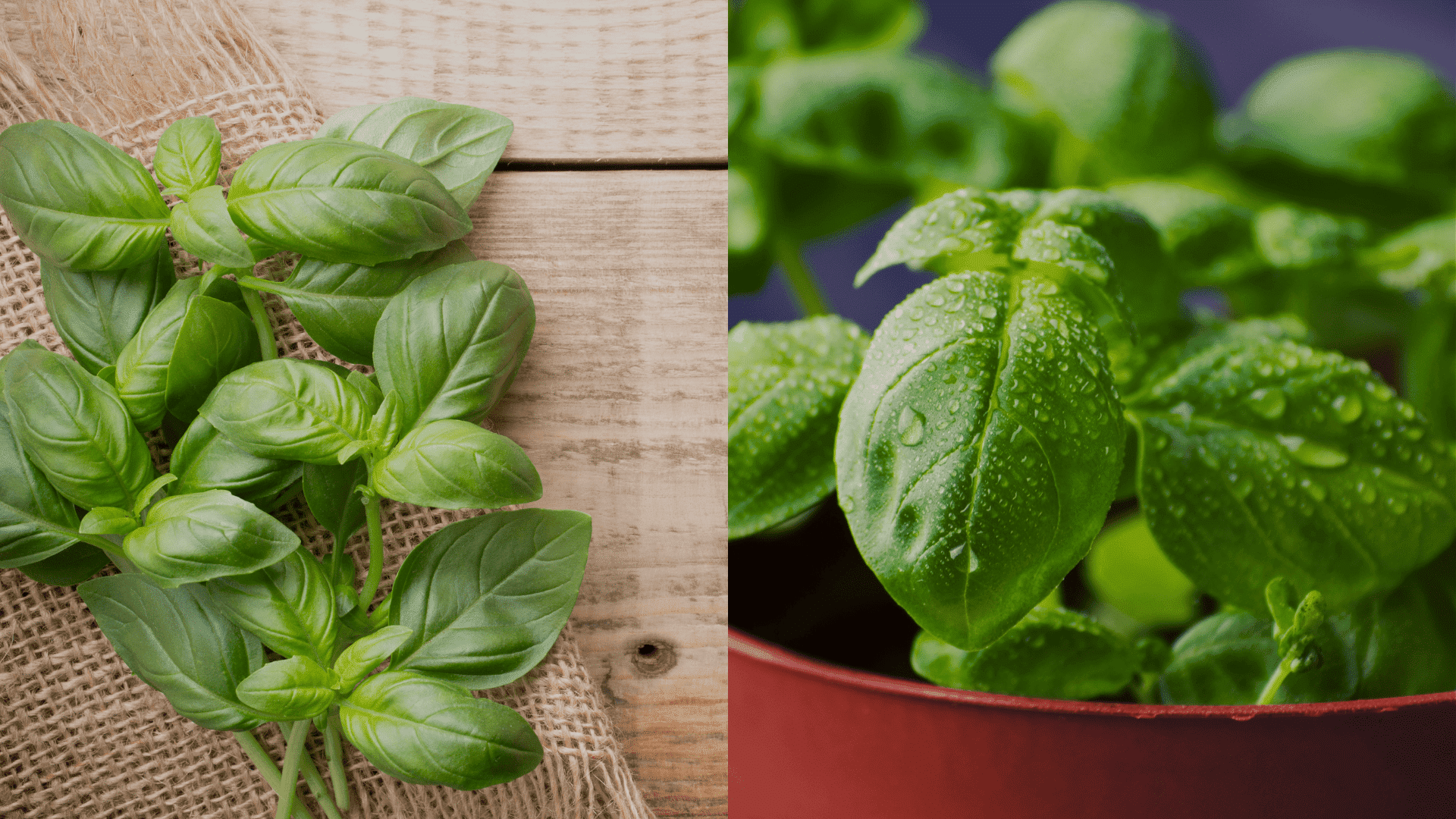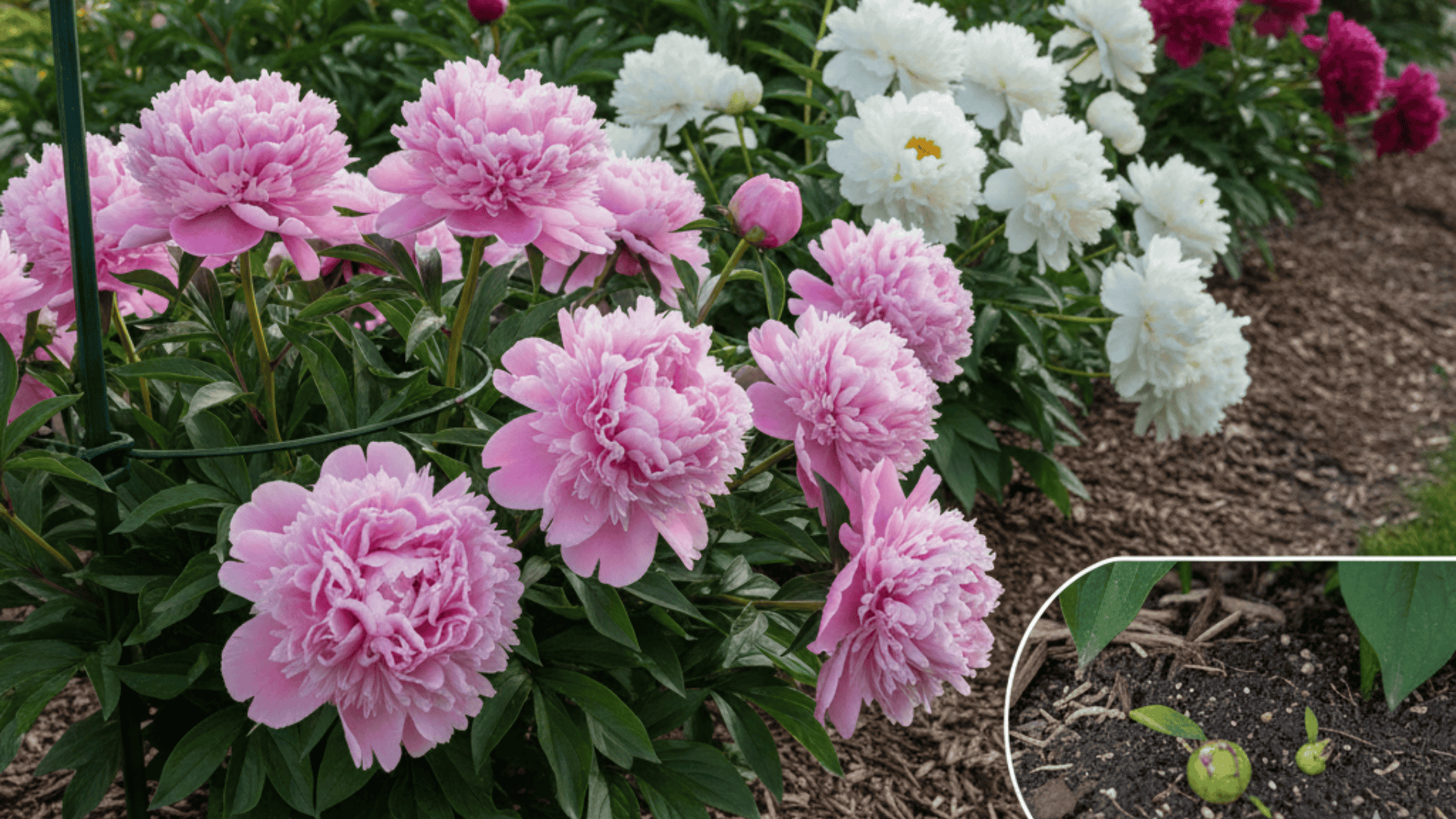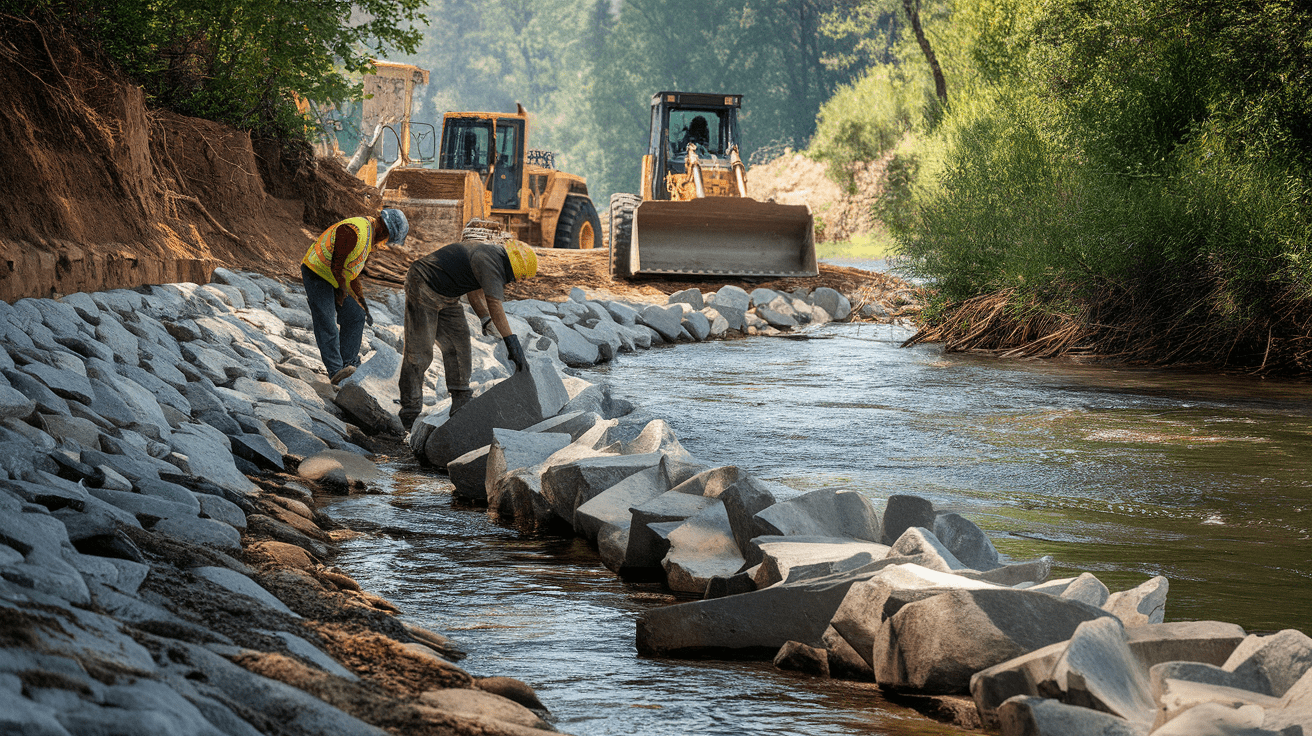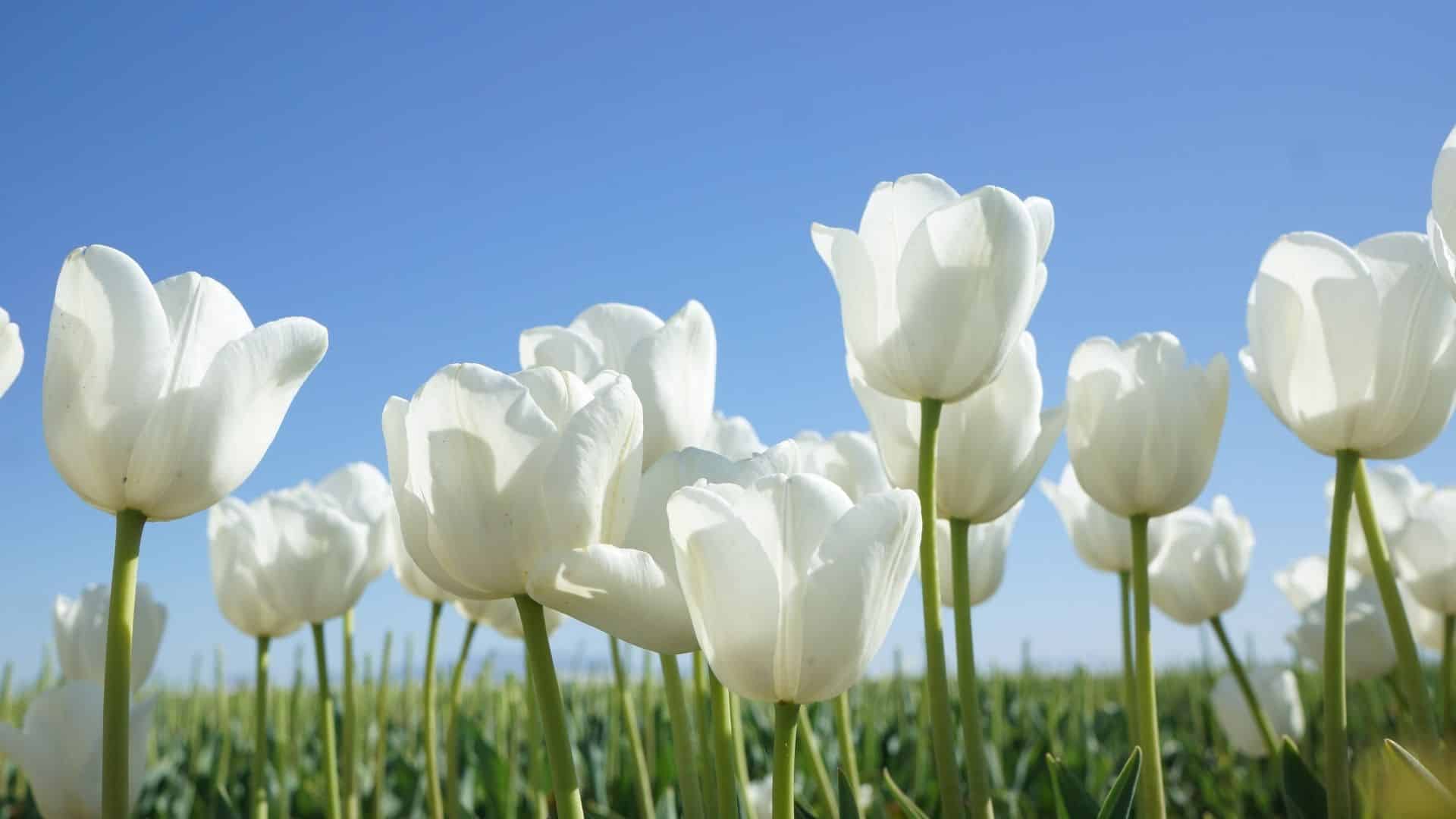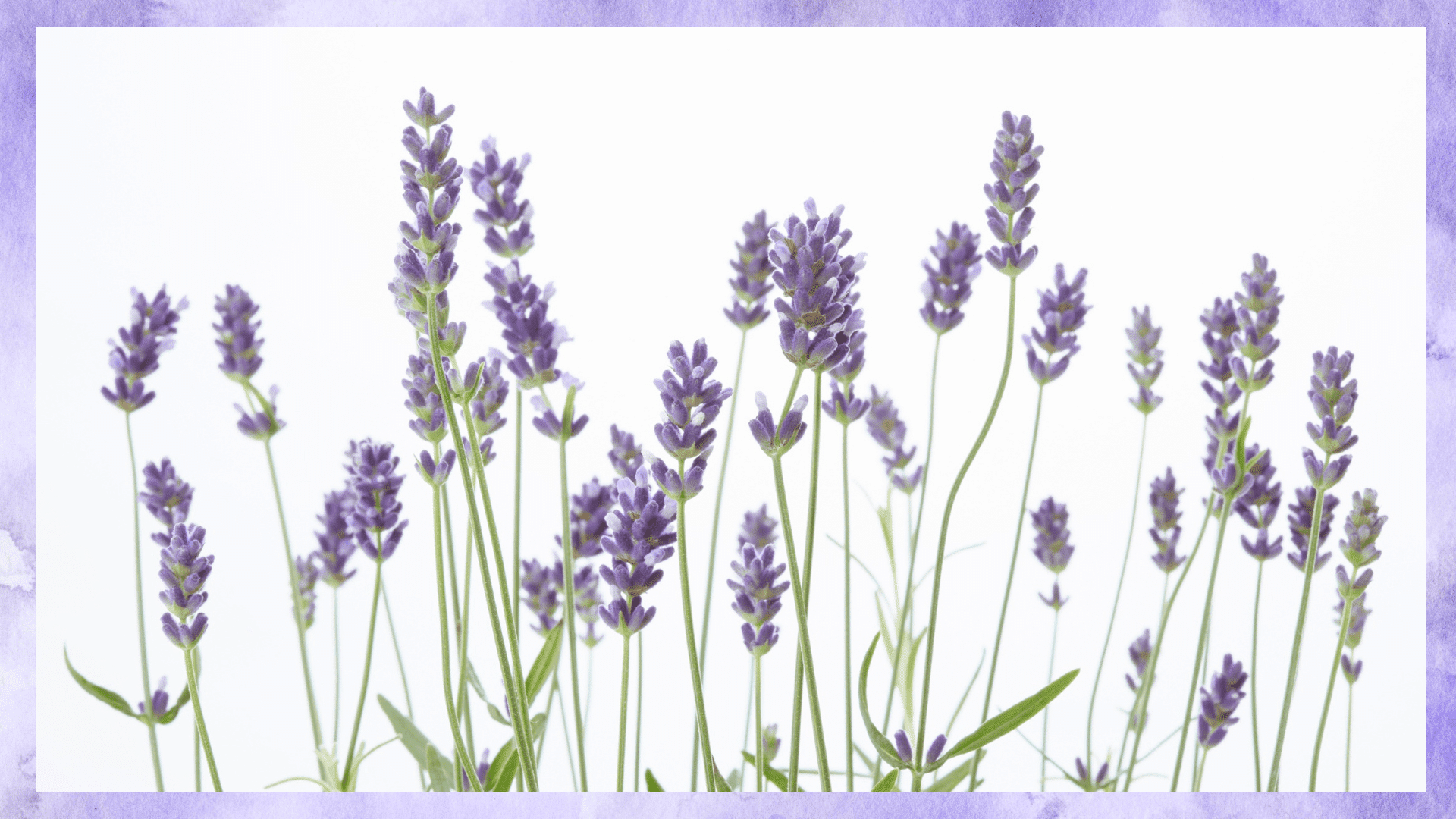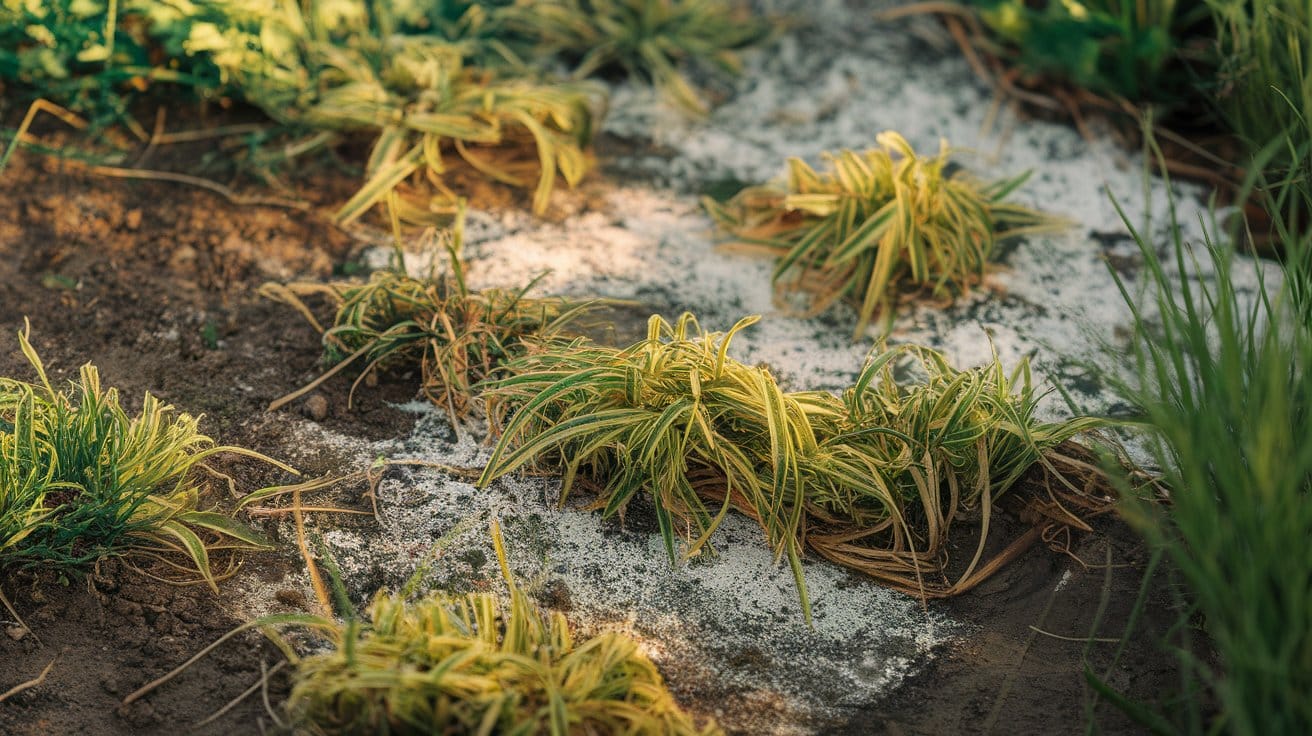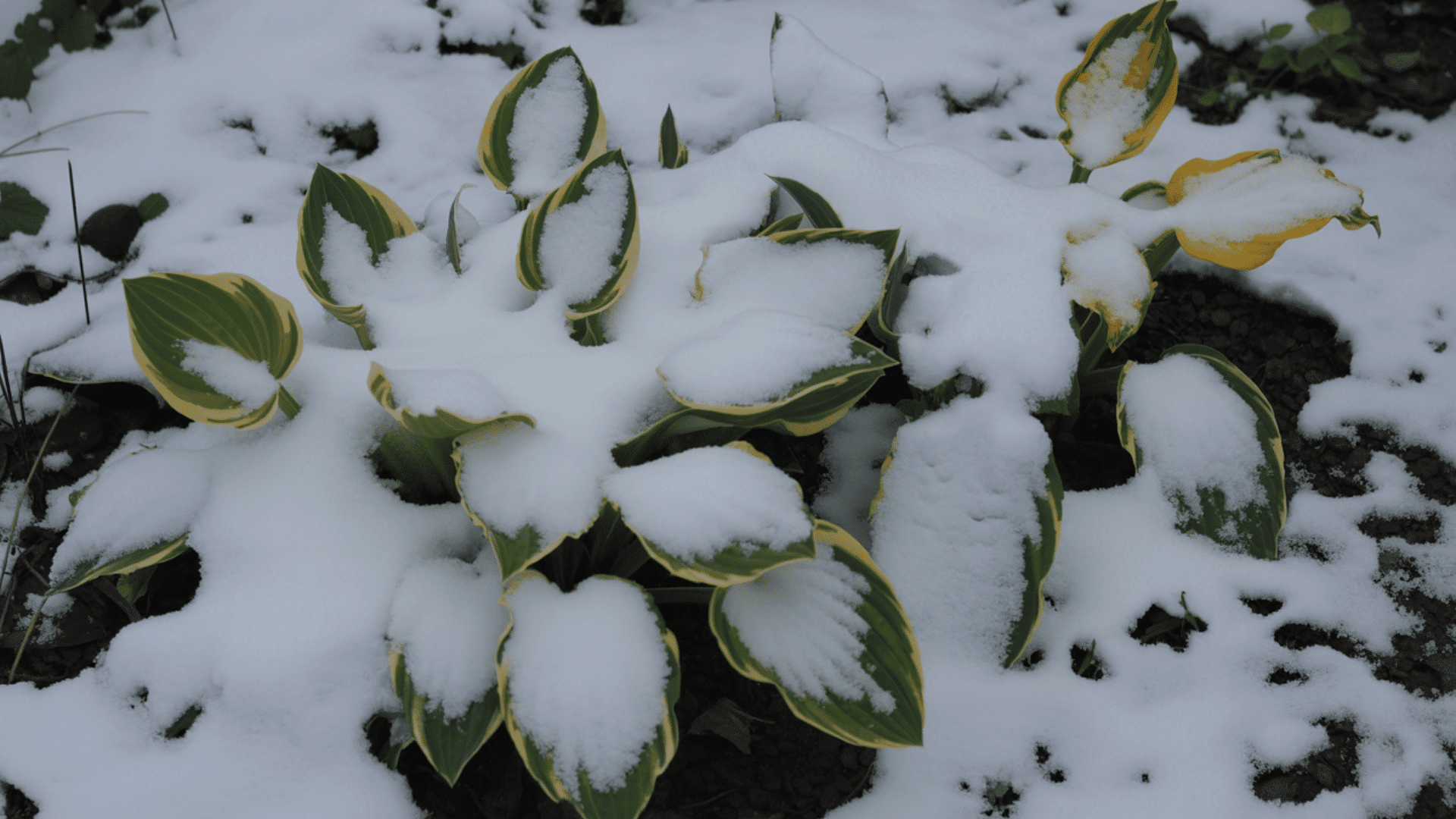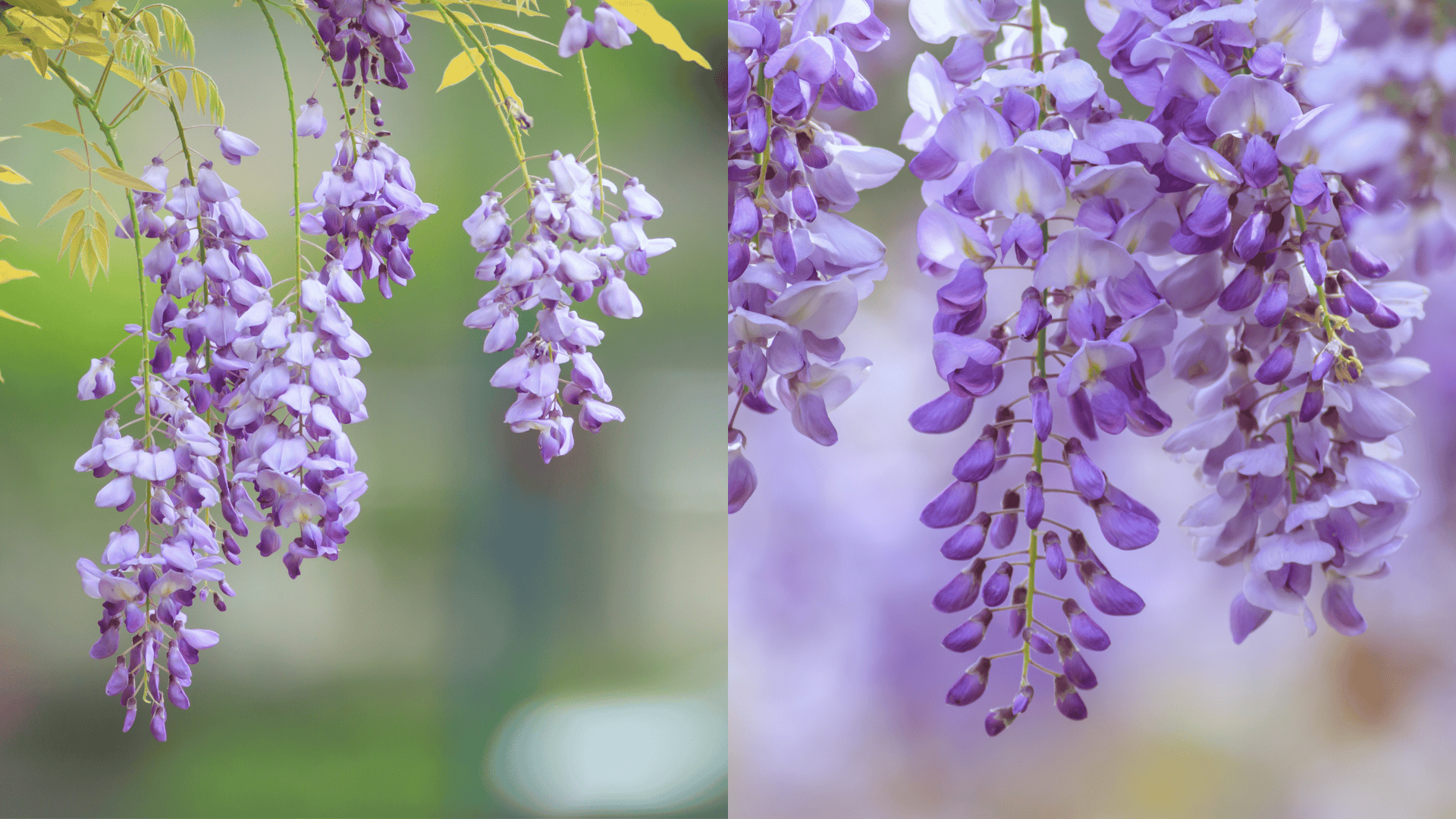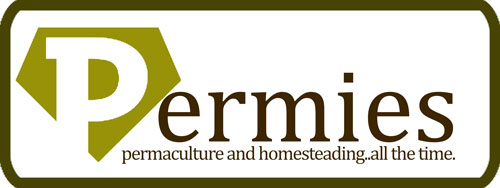A healthy garden starts with what lies beneath the surface, and the soil you choose can make or break your plants’ success.
Many gardeners wonder about topsoil vs garden soil and which one they should use for their projects.
I’ve worked with both types for years, and the truth is, both have important roles to play, but they work in different ways.
This resource will help you understand what makes each type unique, when to use them, and how to get the most out of both for a thriving garden.
What is Topsoil?
Topsoil is the uppermost layer of soil, usually the top 2–8 inches of the ground.
It contains organic matter, minerals, and microorganisms that help plants grow.
This natural layer supports healthy root development and retains moisture, making it essential for gardening, landscaping, and farming. Good topsoil provides the foundation for strong, healthy plants.
What is Garden Soil?
Garden soil is specially prepared soil designed for planting flowers, vegetables, and other garden plants.
It combines topsoil with compost, sand, or other natural materials to improve fertility, drainage, and texture.
Garden soil ensures plants receive the nutrients they need, grows evenly, and helps maintain proper moisture levels, making it ideal for successful home gardens.
Topsoil vs Garden Soil
The differences between topsoil and garden soil affect how your plants grow and what each soil type does best.
Garden soil is basically topsoil that’s been improved with added compost, peat moss, or other organic materials to boost nutrients and improve texture.
| Feature | Topsoil | Garden Soil |
|---|---|---|
| Organic Matter | Moderate levels vary by source | High levels with added compost and organic materials |
| Texture & Structure | Dense and heavy, the texture varies depending on origin | Loose, fluffy, and well-aerated for easy root penetration |
| Drainage Capacity | Depends on the sand-clay ratio; it can be slow or fast | Consistent moisture control with balanced drainage |
| Nutrient Content | Naturally present, but the distribution is uneven | Enriched with fertilizers, compost, and amendments |
| Cost Per Cubic Yard | More affordable, typically $12-$35 | Higher investment, typically $25-$50, due to added organics |
Why Soil Composition Matters for Plant Growth?
Many gardeners struggle simply because they overlook these basics, but understanding them helps you make smarter choices about improving your soil.
Every soil is made up of three main components: sand, silt, and clay.
The balance of these determines how well the soil drains and how easily nutrients travel to plant roots.
Soil life, like bacteria and earthworms, breaks down organic matter into nutrients that plants can absorb.
At the same time, the soil’s pH level affects which nutrients are available, influencing how well your plants grow.
Can You Mix Garden Soil with Topsoil?
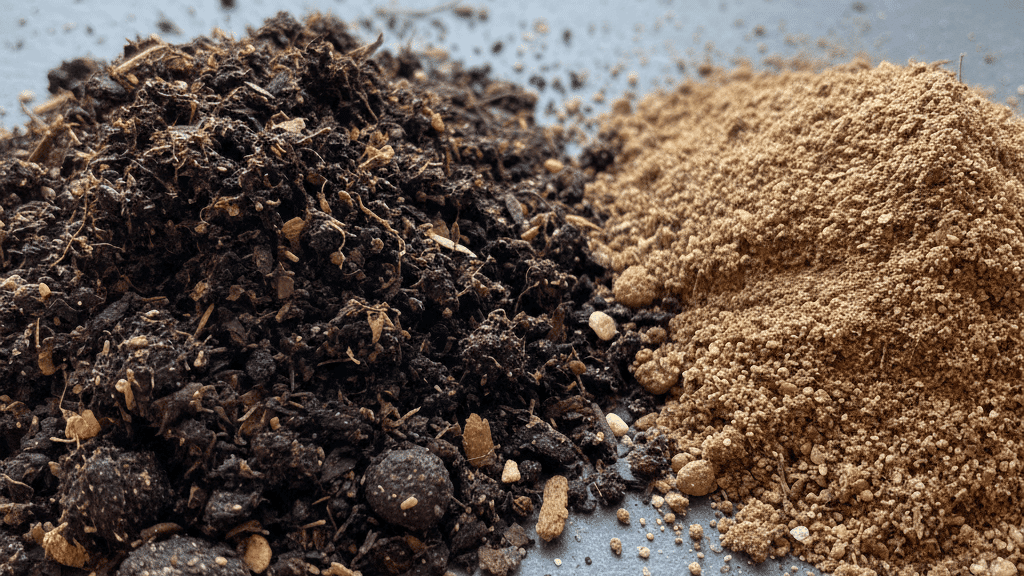
It may sound ridiculous, but the answer is yes.
Mixing these two soil types can improve your garden’s performance, a smart way to get the best of both.
- Adds Stability: Topsoil gives the mixture heftiness and support so plants stay firmly in place.
- Balances Nutrients: Garden soil adds organic matter to topsoil, keeping nutrients evenly distributed.
- Boosts Drainage: The mix lets water flow smoothly while holding enough moisture for healthy roots.
- Best Ratio: Around sixty percent topsoil to forty percent garden soil works well for most raised beds.
Here’s a helpful tip about blending layers that I use in my own garden:
Start with 6-8 inches of topsoil as your base layer for strength and drainage, then add 4-6 inches of garden soil on top where your plants will actually root, giving your soil stability.
What Are Topsoil and Garden Soil Used For?
Each soil type has specific jobs it does best, and knowing when to use which one saves you money and gives your plants exactly what they need.
Topsoil Uses:
- Leveling lawns and fixing uneven spots in your yard
- Filling low areas where water pools
- Creating solid foundations under patios or walkways
- Blending with compost to make your own garden soil
- Building up soil depth in areas with shallow earth
Garden Soil Uses:
- Growing vegetables, flowers, and herbs
- Building or filling raised garden beds
- Improving existing garden beds that have poor soil
- Planting trees and shrubs
- Starting new garden areas from scratch
Difference between Potting Soil and Gardening Soil
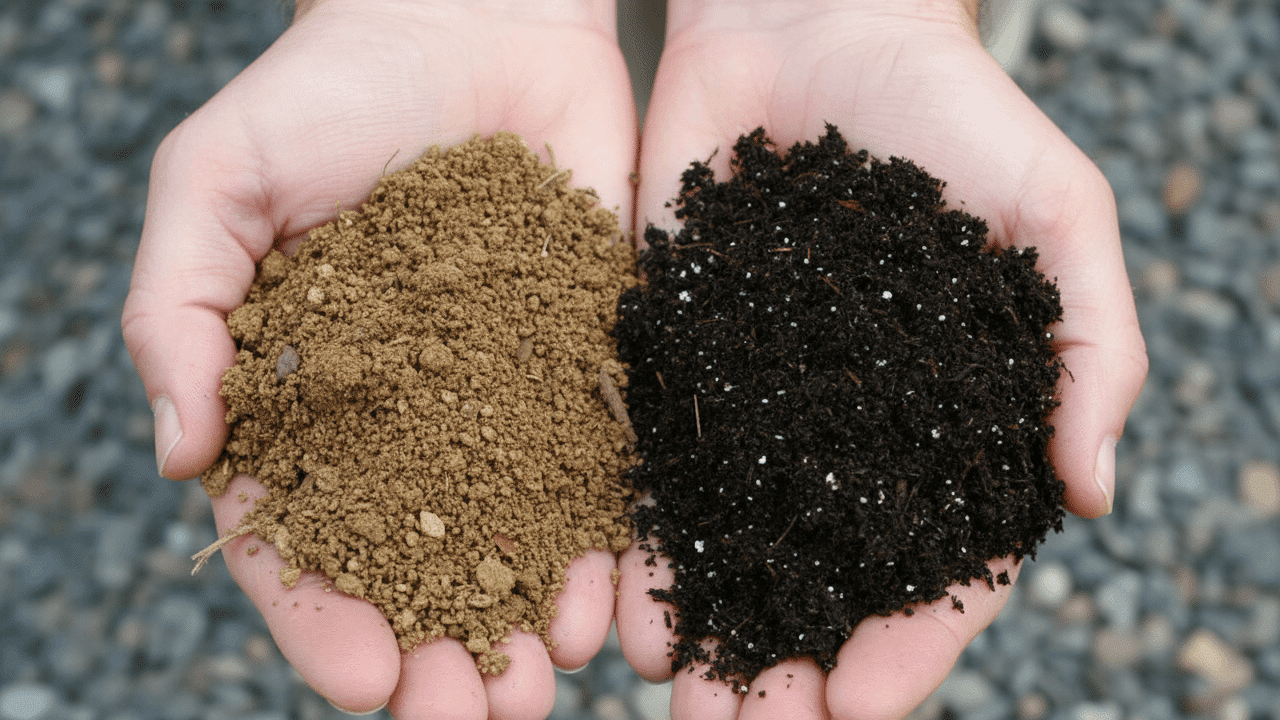
Potting soil and garden soil might look similar at first, but they’re made for completely different growing conditions.
-
Composition: Potting soil, also called potting mix, is a blend of lightweight materials like peat moss, perlite, and coir. Garden soil includes natural topsoil mixed with compost and organic matter.
-
Purpose: Potting soil is designed for containers and indoor plants where drainage is crucial. Garden soil is heavier and meant for outdoor use in beds and raised gardens.
-
Drainage: Potting soil drains quickly to keep roots from staying too wet, while garden soil retains moisture longer for deeper root systems.
-
Microorganisms: Potting soil is usually sterile, but garden soil contains helpful microbes that break down nutrients.
Use potting soil for potted plants and garden soil for outdoor gardens; mixing a bit of both can work well for large planters.
How Can You Improve Soil Quality Naturally?
Good soil isn’t something you buy once and forget about, as it needs regular care to stay healthy and productive.
Do these basics consistently, and your soil will get richer and more productive each season.
- Start with a Soil Test: Check pH and nutrient levels so you know exactly what your soil needs.
- Add Organic Matter: Mix in compost, aged manure, or mulch to boost nutrients and moisture retention.
- Avoid Compaction: Limit foot traffic in beds and gently loosen packed soil with a garden fork.
- Use Cover Crops: Plants like clover or rye add nitrogen and prevent erosion between growing seasons.
- Rotate Your Crops: Change plant types each year to keep soil balanced and reduce nutrient loss.
Final Thoughts
Building a successful garden comes down to knowing your soil and making smart choices about what you put in the ground.
The topsoil vs garden soil argument does the soil types little justice.
It isn’t about picking one over the other, but rather understanding how each contributes to your garden’s success.
When you take time to observe your soil, test it occasionally, and adjust your approach based on what you see, you set yourself up for long-term success.
I encourage you to start small if you need to.
If you’ve tried combining soils or have your own tips that worked well, write them down in the comments and share your experience.
Frequently Asked Questions
Can I Use Garden Soil in Raised Beds?
No, garden soil isn’t ideal for raised beds because it compacts easily, limits drainage, and restricts root growth; use a lighter raised bed or soil mix instead.
Can I Use Top Soil for Flower Beds?
Yes, you can use topsoil in flower beds, but it should be enriched with compost and organic matter to improve drainage, fertility, and structure.
Why Can’t You Use Topsoil in Pots?
Topsoil should not be used in pots because it stays heavy when wet, holds too much water, and reduces airflow, making it difficult for roots to grow and stay healthy.
